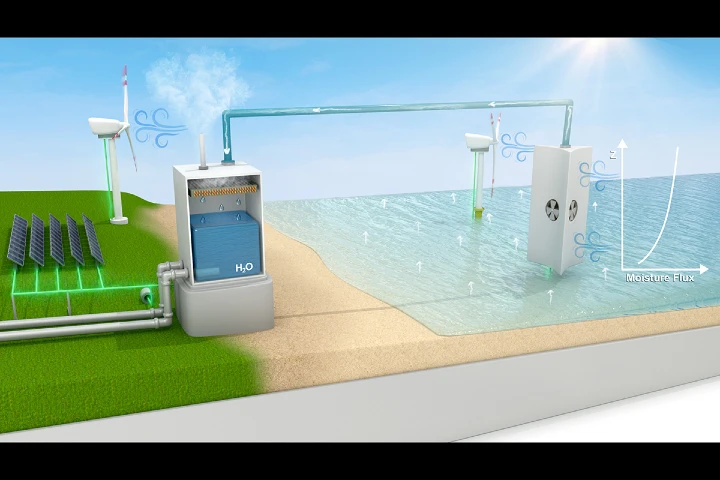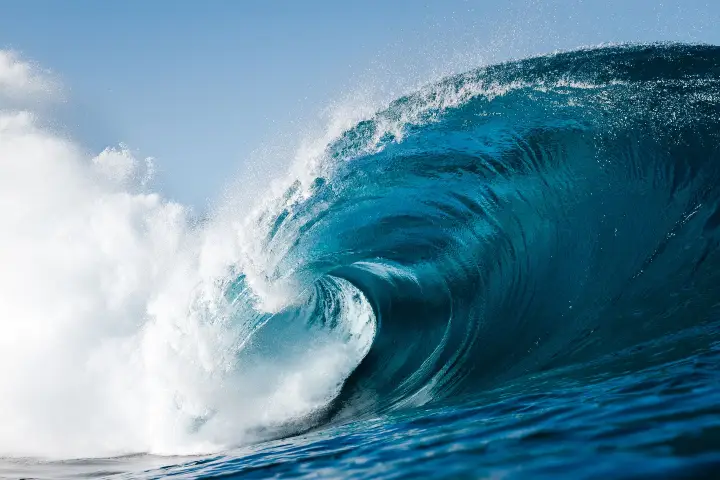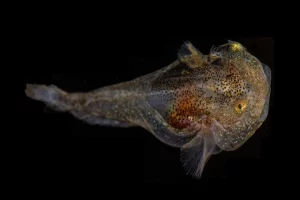One of the biggest challenges facing humankind is the limited supply of fresh water which is an essential requirement for everyone for bathing, drinking and irrigation. While freshwater is just 3 per cent of the total water available on the earth, a vast portion of it is difficult to access or is polluted.
Curtailing wastage of water and using it just for essential needs is one of the ways to manage this limited supply besides recycling it. Yet, as per a report in sciencealert.com, this will not suffice. Thus, new sources have to be identified and one of them is the water vapour above the oceans.
These vapours whose supply is limitless can be converted into drinkable water and new study, details of which have been published in Scientific Reports, has shown how it can be done.
Talking about this method, Praveen Kumar, a civil and environmental engineer at the University of Illinois Urbana-Champaign, said: “Eventually, we will need to find a way to increase the supply of fresh water as conservation and recycled water from existing sources, albeit essential, will not be sufficient to meet human needs. We think our newly proposed method can do that at large scales.”
The scientists in this method propose a structure which is 689 feet wide and 328 feet tall will copy the natural water cycle to transport, condense and collect water. In this moist air would be moved from above the ocean surface to a shore close by where it would be condensed into liquid using cooling systems. The best part is that all the energy required for all these actions will be obtained from renewable sources — either solar or wind.

Though the scientists have not divulged the specifics of their design they have provided figures for the quantity of water that can be extracted from 14 sites using this method. Just one of them itself will be able to provide drinking water needs for 5 lakh people.
Sharing her views on this, Francina Dominguez, an atmospheric scientist at the University of Illinois Urbana-Champaign, said: “It hasn’t been done before, and I think it is because researchers are so focused on land-based solutions – but our study shows other options do, in fact, exist.”
As lack of drinking water hits the vulnerable and poor section the most, this method can be greatly beneficial to them without harming the ecology and the environment.
The researchers during the study looked at how this method will be impacted by change in climate and dry areas becoming still drier. It was found that the method will sustain even when the earth becomes warmer.
Afeefa Rahman, a graduate student and one of the researchers observed: “The climate projections show that the oceanic vapor flux will only increase over time, providing even more freshwater supply. So, the idea we are proposing will be feasible under climate change. This provides a much needed and effective approach for adaptation to climate change, particularly to vulnerable populations living in arid and semi-arid regions of the world.”















